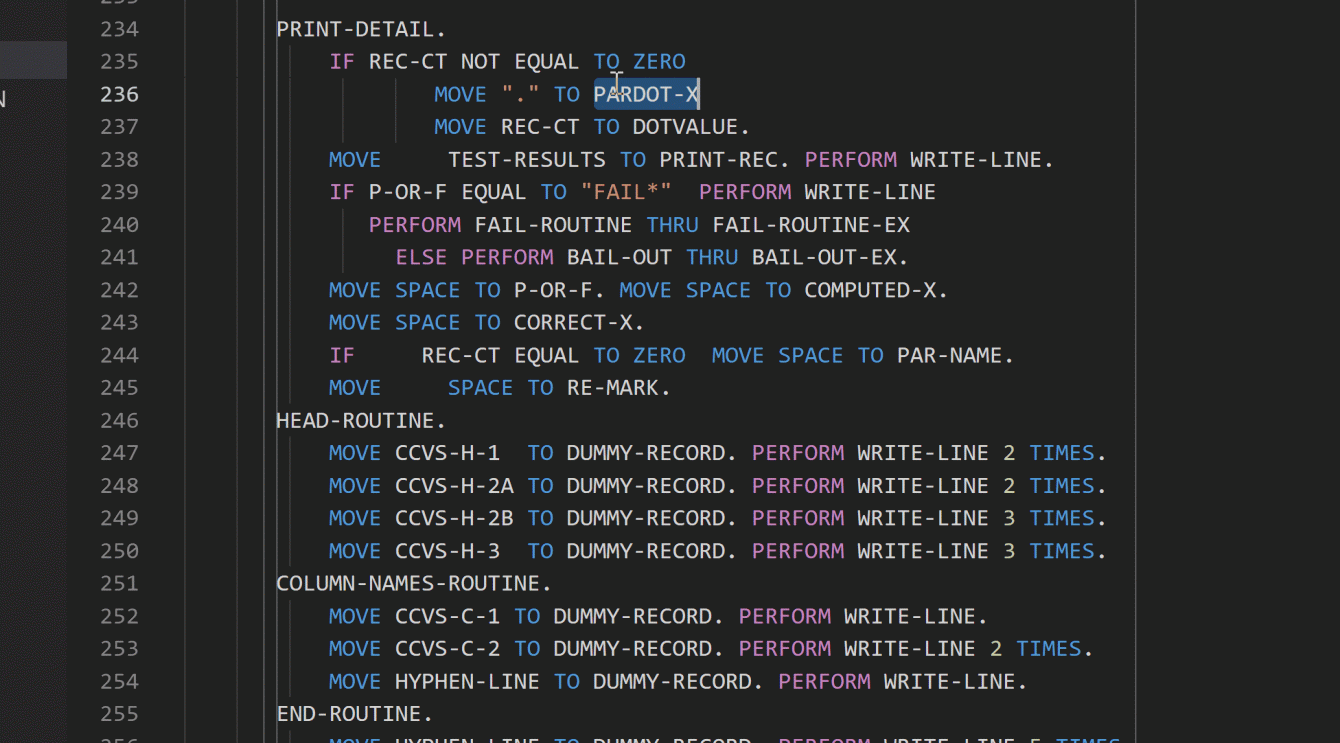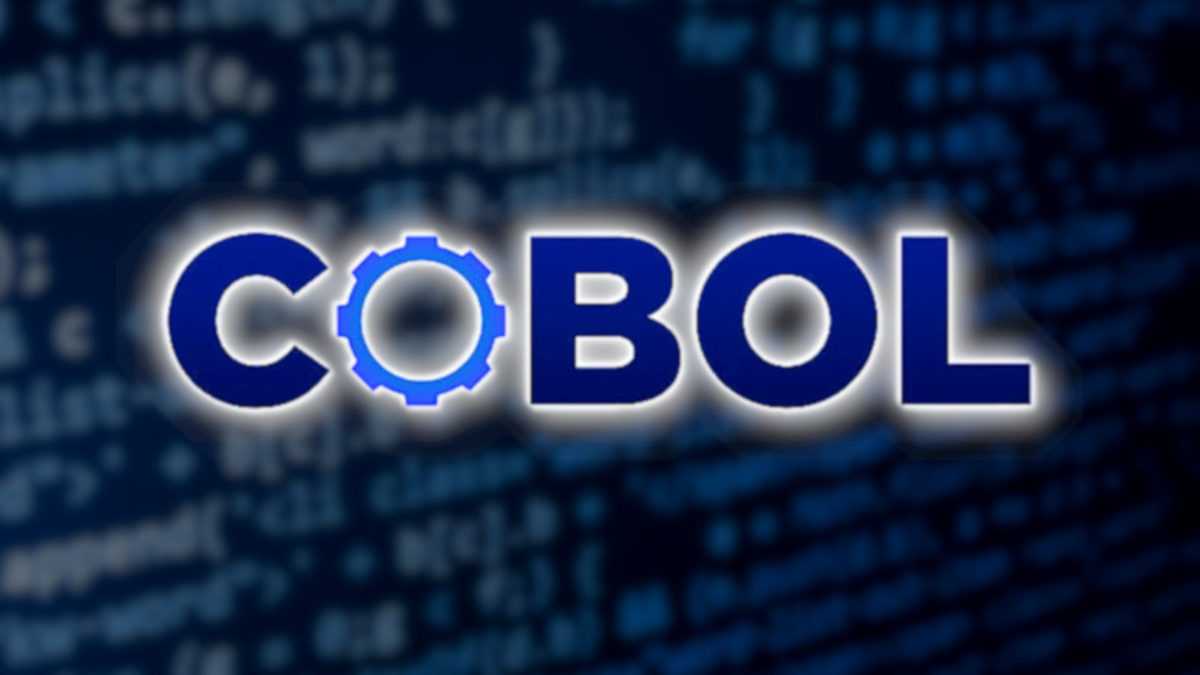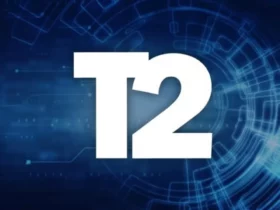These days you may have heard of the COBOL programming language, a stranger among younger programmers that is actually the basis of applications developed for banks, insurance and commercial in general. Today, about 80 years after his birth, he is more alive than ever
The discussion on the COBOL programming language arises as a natural consequence of a very particular fact: the coronavirus emergency in the United States has put the IT systems of the government, banking and healthcare institutions that need to be updated, but the thing is proving to be quite complex. Why?
Most applications are written in COBOL, a programming language born in 60’s and which still runs an enormous amount of applications, especially in the world of banking, insurance and government agencies. Seniority is not limited only to language, but also concerns the programmers themselves; in fact nowadays it is not very common among the youngest. Let’s take a closer look at this immortal programming language.
The COBOL language is the basis of the computerization of commercial companies
In the early days of the computer age, programming was reserved only for scientific and military applications. No one was thinking directly of commercial companies which, on the other hand, could have benefited greatly from the computerization process. COBOL is a compiled language, so starting from the source code you can compile various scripts for different machines. Today it is normal, but at the time the portability of the code was not yet taken for granted and very often it was programmed with low-level languages, specific for each type of architecture. Its portability probably contributed to its success.
The name of the language is the acronym of “COmmon Business-Oriented Language“Or” common language oriented to commercial applications “. The aim was precisely to create a universal tool that could be useful to companies. The idea started in 1959 thanks to the collaboration of a group of industrialists, which became aware of the potential of computer applications even beyond the scientific and military universe, with some US government agencies.

The idea was to create a product suitable for commercial applications. Thus was born the COBOL language, with the intercession of a great computer science like Grace Murray Hopper. The language was fast standardized by the main international bodies and adopted in numerous fields: banks, insurance and government institutions. In short, it was used in large main frames that had to manage huge databases and transaction operations.
Current, but forgotten
Not many have heard of COBOL these days. Time passes, technology evolves and today applications are no longer developed with this language, but with more modern ones that interact with the old framework. However, when you have to get your hands on a low level, for example when you need to scale the system, you need to know this ancient character who still makes 70-80% of the banking world work.
It is therefore natural to think that it is still important to study this language today. Yes and no. One of the reasons COBOL is very little known to young students is that the academic world did not participate much in the project. This in fact was and remains a gimmick dedicated entirely to the commercial world and therefore few can and want to teach it. It must also be said that it develops much less in COBOL today: only when low-level interventions are needed should this tool be used. The syntax of the language is also not very simple.

COBOL’s syntax is not the most elegant
When the language was created, the perforated cards to program. Which implies that the original syntax dictated a rigorous and precise use of spaces. Essentially you had a kind of table to fill with the characters of the instructions in predefined positions. Not very comfortable indeed.
Also the syntax of the instructions had been arranged to resemble sentences in English, so much so that the instructions or groups of instructions are also called “periods” and end with a period. This method was probably adopted to make it easier for people who did not have too many computer skills to use. However, the side effect is that even to carry out simple operations you had to write a small poem, making the program difficult and tedious to read afterwards.
Even from a programming point of view it could be just as tedious. For this language they are in fact provided over 300 keywords. Also some basic constructs like the cycles were not foreseen and it used an approach very similar to Assembly languages with “IF” and “GOTO” statements. In short, COBOL was not one of the “smart” and high-level languages we are used to today, but much closer to Assembly.

Why is COBOL still important?
The main reason is economic: to date, no events or situations have occurred that require the explicit rewriting of the entire framework of COBOL-based systems. We managed by adding compatible modules. Converting COBOL applications to modern languages could be very expensive.
One problem for example is the management of numeric formats and variables as COBOL is not very dynamic. In fact, when you use a number, you also specify how it should be represented and then it’s up to the compiler to make all the conversions, weighing heavily on performance. Furthermore, the variables are only global and their size must also be fixed in advance.
Modern languages instead use different paradigms. Let’s say that a conversion would be theoretically possible, but the cost would be very high and for now there is nothing to justify it. Essentially this is why COBOL is still alive and well. From the 1960s until today, the language has evolved a lot: the syntax has become less stringent and object-oriented programming has been introduced. In fact, these days this language doesn’t seem like anything special, it just continues to work well. Perhaps in the future the new requirements will lead to permanent abandonment, but it is too early for the final verdict. That’s all from the software section, keep following us!














